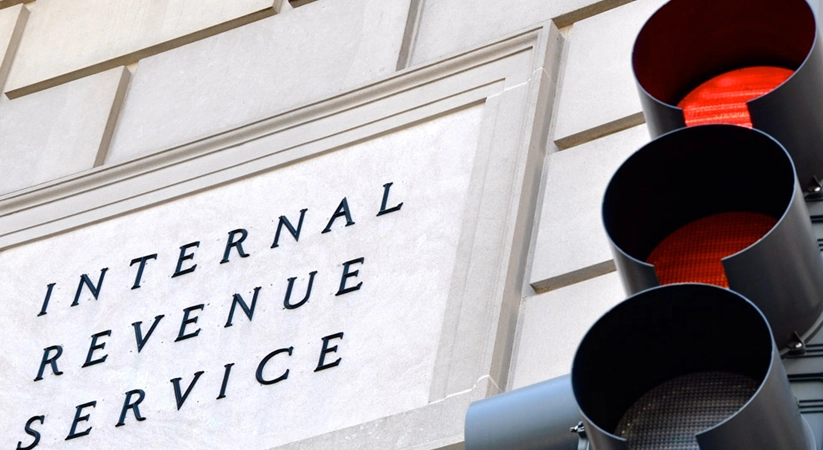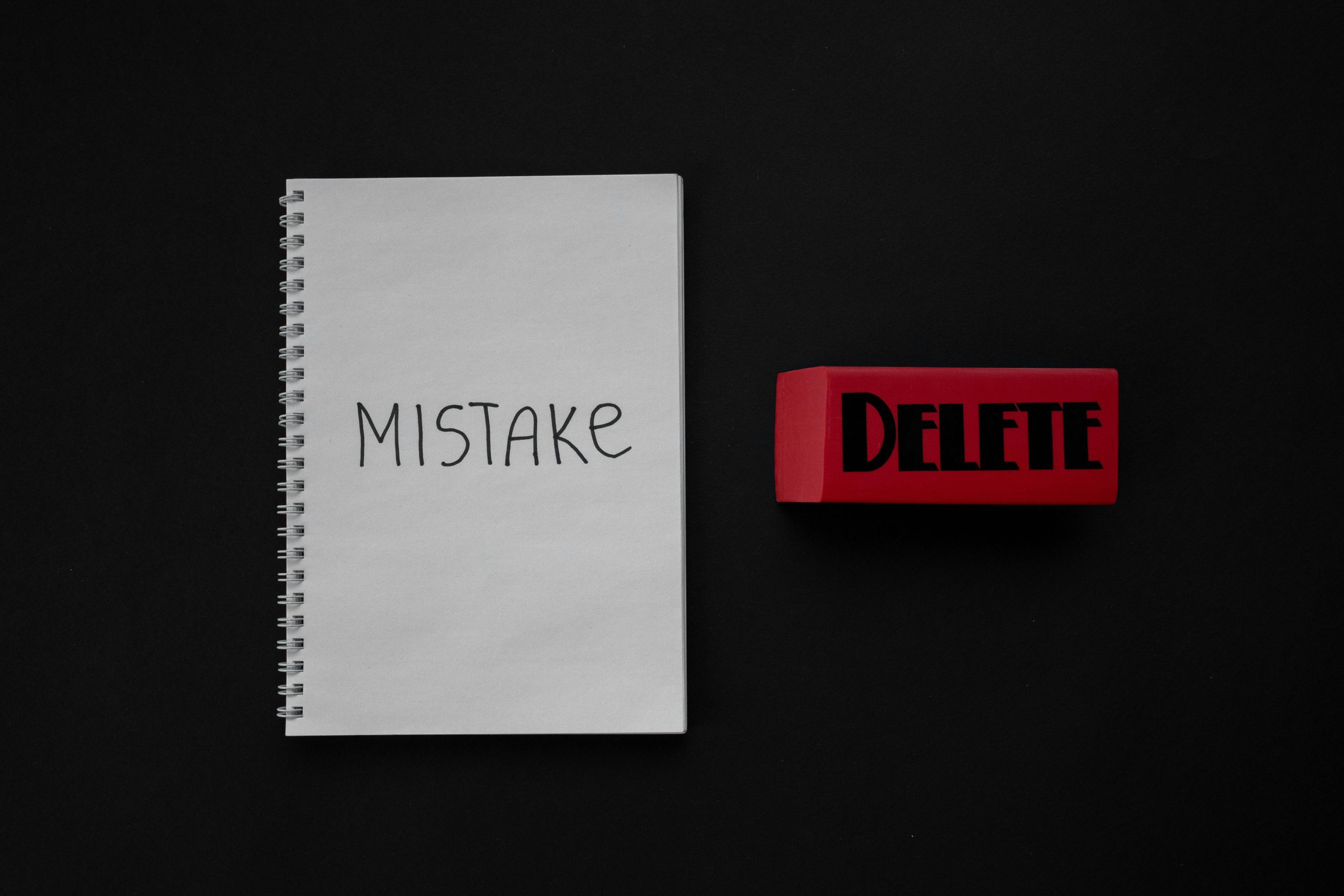How to Handle a Federal Tax Lien
Published:
A tax lien is a claim against property that the government uses to protect its interests in tax debt. The IRS will place a lien against your property only after it has sent you a bill and you have not paid it. Being hit with a tax lien is a stressful event, but if you understand the process, it will be easier to navigate.
>> Owe the IRS? Get a Free Tax Relief Consultation
The IRS will file a public document called a Notice of Federal Tax Lien. This will be placed on your credit record and will limit your ability to apply for credit. The tax lien will affect all of your property until the tax debt is satisfied. It also applies to business assets, including all your accounts receivable. This gives the IRS first rights to any money that’s generated from the sale of property.
RELATED: Resolve Your Tax Debt & Stop Wage Garnishment
Note that a tax lien is different from a tax levy, which is an outright seizure of property in order to pay the tax debt. A tax lien secures the IRS’ interest in your property when you fail to pay your tax debt, while a tax levy actually takes your property away.
How to Avoid a Federal Tax Lien
Ignoring IRS correspondence won’t make them go away. If you are unable to pay the total tax that you owe right away, you can set up a payment plan. Depending on how much you owe, you may be able to set up your payment plan online using the IRS’ Online Payment Agreement Application. If you stay current on the agreed payments, you can avoid having a Federal tax lien placed against your property.
What to Do When You Get a Notice and Demand for Payment
If you receive a Notice of Federal Tax Lien, don’t ignore it. The longer you wait, the harder it will be to take corrective action. Contact the IRS immediately and get as much information about the situation as you can. If a mistake has been made or there are mitigating circumstances (like an injured spouse claim), you may be able to appeal the tax lien.
If you need guidance on how to handle a lien, you can contact the Taxpayer Advocate Service, an independent organization within the IRS (1-877-777-4778).
RELATED: How to Handle a Tax Dispute
How to Get Rid of a Federal Tax Lien
One important thing to remember is that bankruptcy is usually not an option for lifting a tax lien. If the tax debt is not satisfied, the IRS may continue to hold a lien even after bankruptcy.
The easiest way to get a Federal tax lien lifted is to pay the tax owed. Of course, this is not always possible, so there are other ways you can get rid of a tax lien. However, these methods are not always guaranteed, and the IRS will determine whether it’s in its best interest to remove the lien in each individual case.
Discharge of Property
In some cases, you can apply for a Certificate of Discharge, which removes the tax lien from a specific property. A “discharge” of property from a Federal tax lien may be granted if you qualify under certain Internal Revenue Code (IRC) provisions. For more information, refer to IRS Publication 783 (Certificate of Discharge From Federal Tax Lien).
Subordination
The most common situation is called “subordination,” which puts ‘junior’ creditors ahead of the IRS when it comes to a particular property. This does not remove the Federal tax lien, but it does allow the other creditors to get their money first. The IRS will do this if it is necessary to secure the other creditor’s approval for a sale. For more information, refer to IRS Publication 784 (Certificate of Subordination of Federal Tax Lien).
For example, let’s suppose the IRS holds a lien against a piece of property. Suppose there is also a mortgage on the property, which means that a bank holds a lien as well. If the bank won’t get all of its money from the property sale after the Federal tax lien is satisfied, then it won’t necessarily approve the sale. However, if the IRS ‘subordinates’ its lien, the bank gets paid first and the IRS gets the remainder.
Withdrawal
Another option, called “withdrawal,” removes the public Notice of Federal Tax Lien and ensures that the IRS does not compete with other creditors for your property. Taxpayers who enter into a Direct Debit Installment Agreement may be eligible for a withdrawal. However, a withdrawal does not eliminate your tax debt – you will still be liable for the amount due. For more information, refer to IRS Form 12277 (Application for the Withdrawal of Filed Form 668(Y), Notice of Federal Tax Lien).
Getting rid of a tax lien can be complicated, and you will likely need help from an independent tax attorney to make sure it is in your best interests. For more information about past due taxes, visit our Tax Debt Relief page.
RELATED: Federal Tax Payment Options



